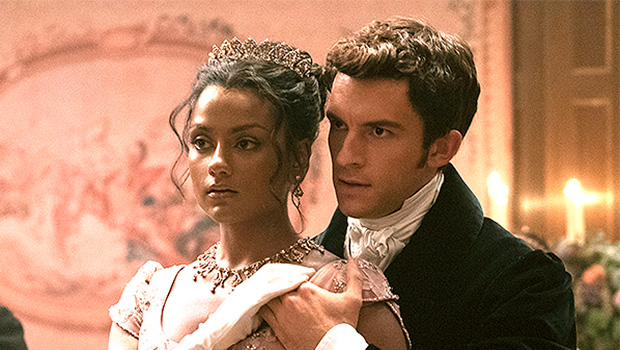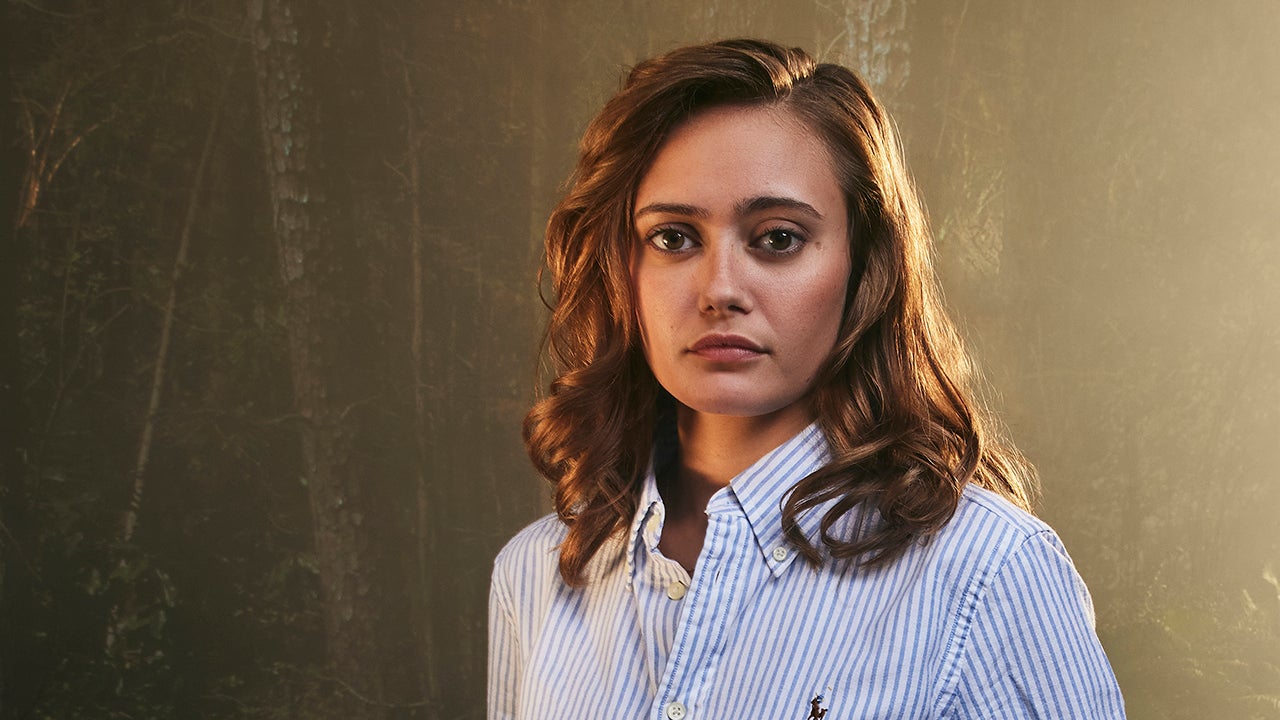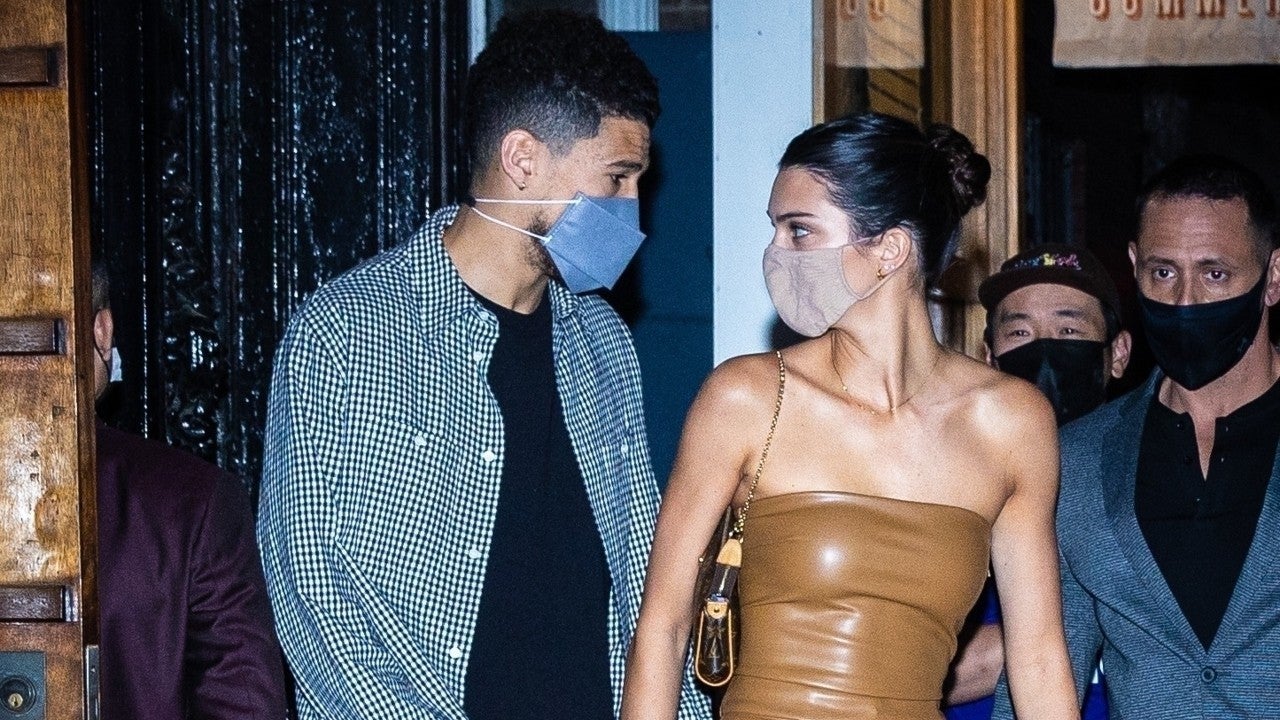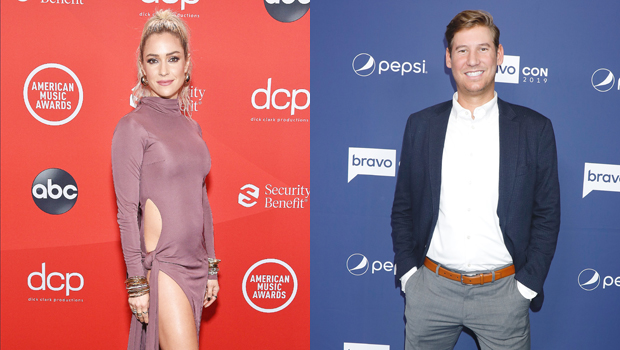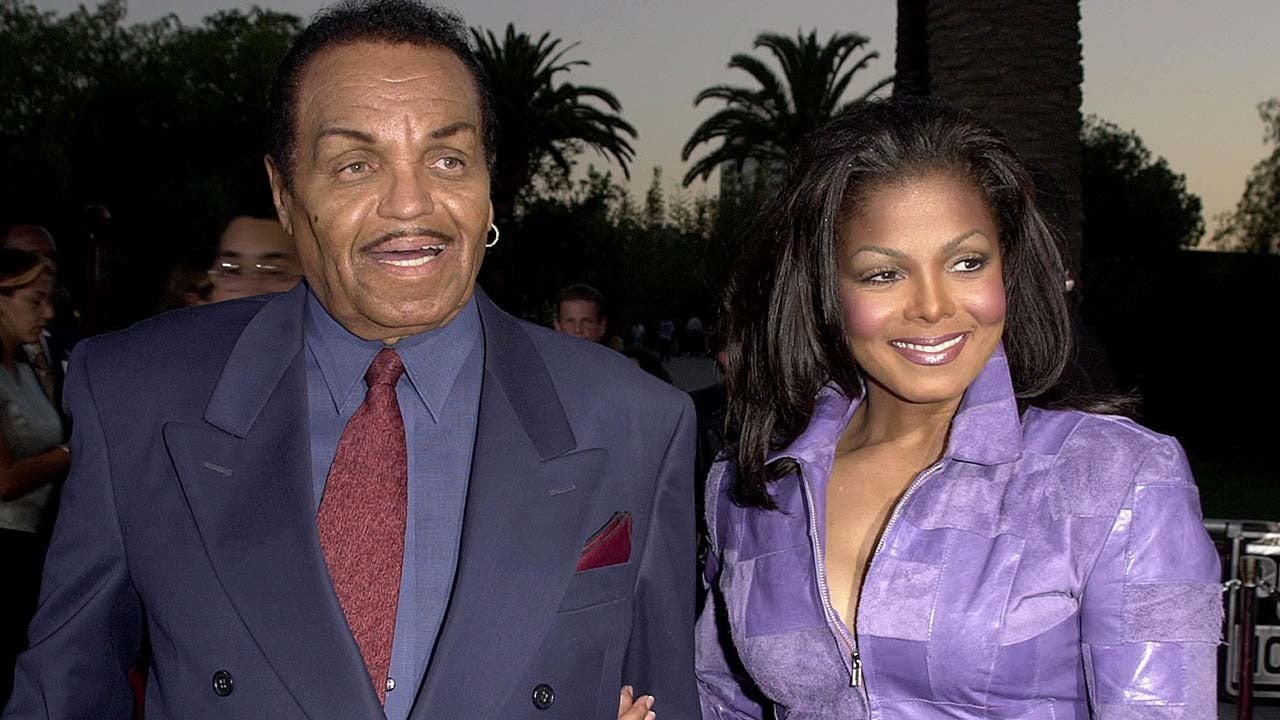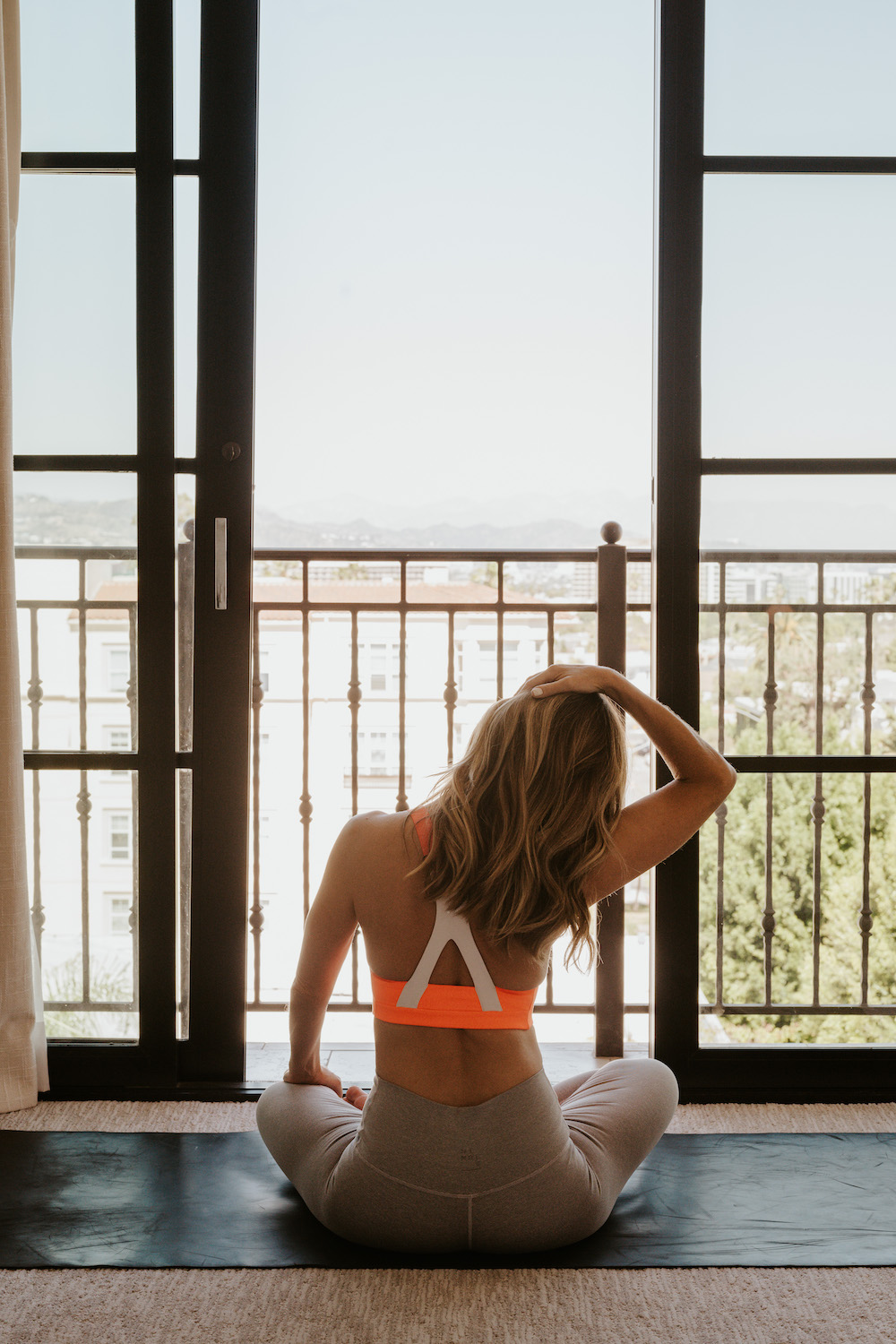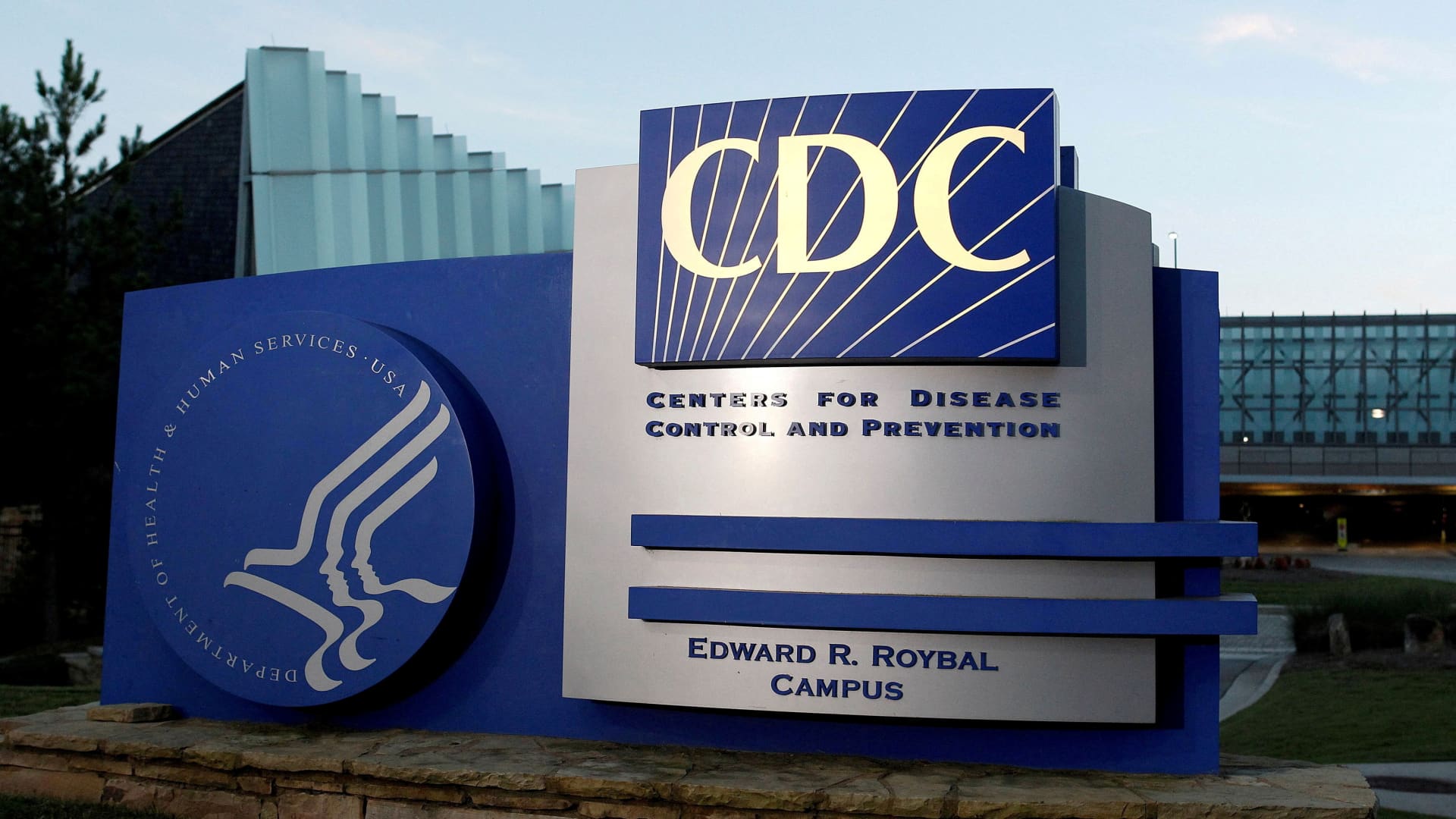Tribeca 2022 Women Directors: Meet Sarah Eizabeth Mintz – “Good Girl Jane”
Sarah Elizabeth Mintz is a writer-director working in New York and Los Angeles. She received her BFA from New York University’s Tisch School of the Arts, where she completed her thesis film “Transit,” starring Dakota Johnson. Mintz was a...

Sarah Elizabeth Mintz is a writer-director working in New York and Los Angeles. She received her BFA from New York University’s Tisch School of the Arts, where she completed her thesis film “Transit,” starring Dakota Johnson. Mintz was a Sundance Fellow in the 2017 Writer’s Intensive.
“Good Girl Jane” is screening at the 2022 Tribeca Film Festival, which is taking place June 8-19.
W&H: Describe the film for us in your own words.
SEM: “Good Girl Jane” is a coming-of-age drama about a lonely young girl, Jane, who falls desperately in love with a troubled meth dealer, Jamie, and becomes entangled in his group of teen misfits. The film is a fly-on-the-wall style deep dive into one girl’s struggle with substance abuse and the isolation and pain that drives her to self-medicate.
W&H: What drew you to this story?
SEM: Jane’s story is inspired by my own freshman year in high school. I spent the better part of my young life searching for a way out of my dark feelings and the shame that they caused. I felt compelled to shed light on what that struggle looked like for me in an effort to provide comfort and healing to those who have faced similar struggles.
It’s taken me the better part of a decade to develop and finally release this film and it’s happening at a divine moment when I can finally look back with love, tenderness, and compassion for my younger self.
Sharing my story and building this film together with my collaborators has been a truly life-saving experience.
W&H: What do you want people to think about after they watch the film?
SEM: I hope that this film helps to inspire empathy and understanding for the suffering that pushes people to self-medicate. I hope it generates conversation and sensitivity about drug abuse in general, but specifically amongst our youth.
It is isolation and shame that keeps users using, and approaching these characters without apologizing for them helps to remove the stigma that only furthers the issue.
W&H: What was the biggest challenge in making the film?
SEM: Name one challenge? That’s impossible. I’ll name a big one. After nearly a decade of anticipation and preparation, my team and I went into production in March 2020. After only 10 days of shooting, we — and the rest of the world — shut down our set due to Covid-19. For an entire year, the completion of this film hung in the balance.
In March 2021, after reshaping the budget and our entire production plan, we recruited the cast and crew and finished our last two weeks of shooting. It is a real miracle this thing got done at all. The love and commitment I’ve witnessed on this project are unfathomable.
W&H: How did you get your film funded? Share some insights into how you got the film made.
SEM: The film is financed entirely by Astute Films. My producer, Lauren Pratt, and I were set up with their team at Sundance 2019. At the time, “Good Girl Jane” was being sold by a sales agency that had organized a sort of speed dating schedule for Lauren and me to meet financiers.
We had already met with quite a few companies that day, but this meeting was immediately different. I spoke to their team about my personal story and they offered to finance the movie on the spot. I actually thought it was a joke or some kind of scam. I’d heard so many “maybes” or “not right for us” at that point, I was really taken aback.
I knew this film would get made because I had a one-track mind about it, but before that moment, I really didn’t know how.
W&H: What inspired you to become a filmmaker?
SEM: Around 2002, I was about 13 years old and there was a Laemmle movie theater a few minutes from my house. I think “Ghost World”, “The Dreamers,” “L.I.E.,” “Hedwig and the Angry Inch,” and “Y tu mamá también” were all playing there around that time. I would take the bus to the theater, buy a ticket to a PG-13 movie, and sneak in through the bathroom to those other films instead. I would literally do this alone. These movies were my only friends. They were my family.
From a pretty early age, I felt seen by films in a way I had never experienced in my real life. It was totally unreal and magical to discover movies at that time. I felt like I had this secret and that I wasn’t really so alone or weird or sad or different. I can only hope to offer someone the comfort that these films offered me.
W&H: What’s the best and worst advice you’ve received?
SEM: I found a keychain in one of the junk drawers at my family’s home that says “leap before you look.” I think this is both terrific and probably awful.
W&H: What advice do you have for other women directors?
SEM: Be who you are. It is exactly who you should be.
And you don’t have to wear shoulder pads if you don’t want to.
When I was directing my thesis film at NYU I remember always shouting “action” and “cut” really loudly because I wanted the whole team to know that I was serious and very “sure of myself.”
After a while on set, I realized that the act wasn’t necessary. It’s okay to just be whoever you are. In fact, it’s flat out the best option.
W&H: Name your favorite woman-directed film and why.
SEM: “Fish Tank,” directed by Andrea Arnold. If you haven’t seen it, run, don’t walk. I didn’t see this movie until college, but it really helped crystalize the idea that I could actually pursue directing — that this was something a woman could do.
Before this film, I was aware of maybe two female directors, Kathryn Bigelow and Sofia Coppola. They’re both tremendous, but it’s not a very long list, and I really didn’t connect to their work in the way I did Andrea’s. I remember watching “Fish Tank” and thinking that this was the type of art I wanted to make and it was made by a woman! Her work continues to blow my mind.
W&H: How are you adjusting to life during the COVID-19 pandemic? Are you keeping creative, and if so, how?
SEM: I wrote another movie during quarantine and will hopefully be shooting that in the coming months.
To be honest, I’d like to get back in the saddle as soon as possible. I feel more alive and myself and at ease when directing than I do at literally any other time. I’m a pretty antsy person and everything goes calm when I’m on set crafting stories I love.
The next film is very personal too, but it’s got a few big battle scenes, so I took it up a notch this time.
W&H: The film industry has a long history of underrepresenting people of color onscreen and behind the scenes and reinforcing — and creating — negative stereotypes. What actions do you think need to be taken to make Hollywood and/or the doc world more inclusive?
SEM: Always hire the best person for the job and naturally you will have a diverse cast and crew. Skill, talent, craft, and passion are not limited to one gender or race. Always listen to your collaborators. Allow your team to inspire, influence, and enhance the material with their own experience and insight. Surround yourself with people different from you. Be open to changing your mind. Be open to being wrong. Don’t make decisions out of fear, ever, only out of curiosity and love and excitement. Films tell human stories, first and foremost, and that’s what we all are.

 Fransebas
Fransebas 







